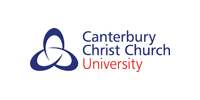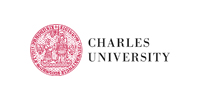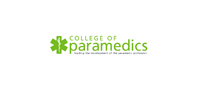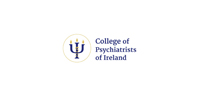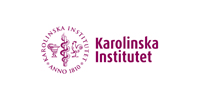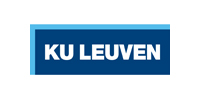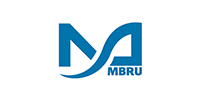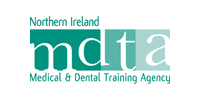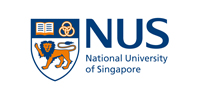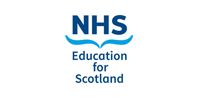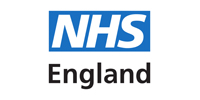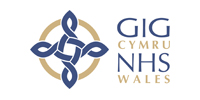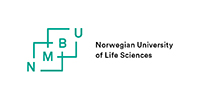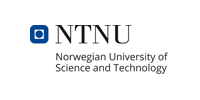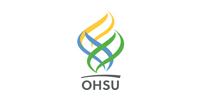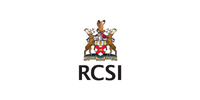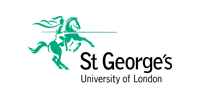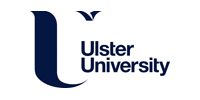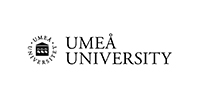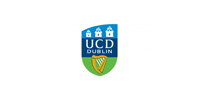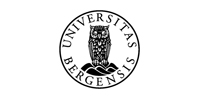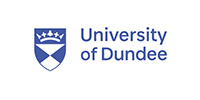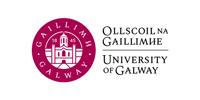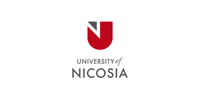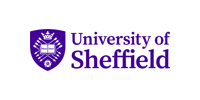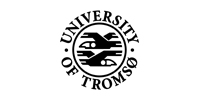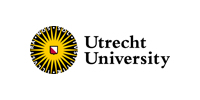Regardless of the type of wound, the following rules apply:
- Prevent further contamination.
- Remove any foreign matter (gravel, splinters).
- Disinfect the area around the wound and, if possible, the wound itself.
The following disinfectants are suitable:
- 70% alcohol.
This is highly effective against Gram-positive and Gram-negative microorganisms, but less active against fungal spores. - 10% aqueous povidone iodine solution.
This is effective against Gram-positive and Gram-negative microorganisms, tubercular bacteria and fungal spores. It should not be used in the case of iodine allergy and thyroid conditions. Povidone iodine solution in alcohol has a broader spectrum of activity and is used primarily to wash hands preoperatively. - 0.5 % chlorhexidine solution in 70% ethanol.
This is mainly active against Gram positive micro-organisms (staphylococci, streptococci), and less effective against Gram-negative microorganisms (E. coli and Pseudomonas). It is not effective against tubercular bacteria and fungal spores. The disadvantage of aqueous chlorhexidine solution is resistance and growth of Gram-negative microorganisms.
For disinfection of the face, mucous membranes or wounds; aqueous solutions should be used. Chlorhexidine 1:1000 in water; Savlon solution 1:30 (chlorhexidine 0.05%, cetrimide 0.5%); cetrimide with chlorhexidine in water (solutio centrimidi et chloorhexidine conc. FNA). The latter is active against almost all Gram-positive and Gram-negative microorganisms, but must be diluted with water (1:100) before use. Both cetrimide and chlorhexidine have a bactericidal and fungicidal activity.
Cover the wound with a dressing. For tetanus prophylaxis, please refer to “Minor Surgery“.

